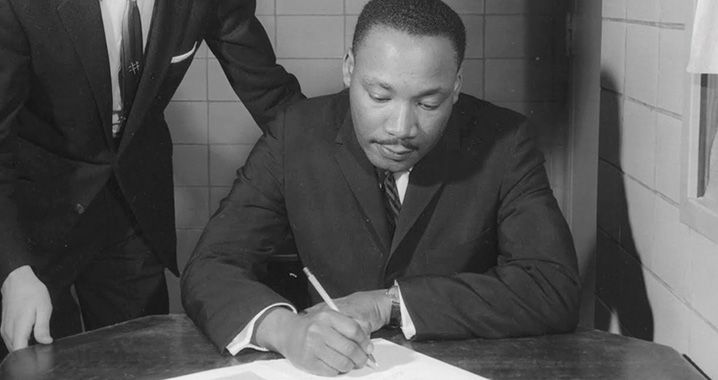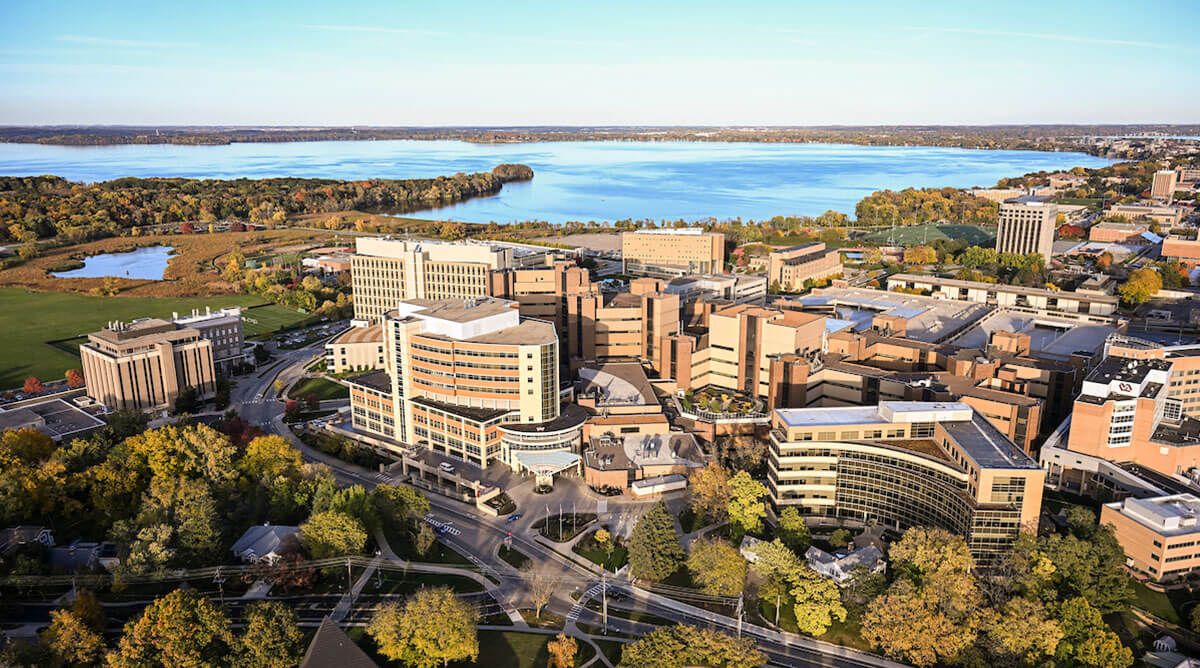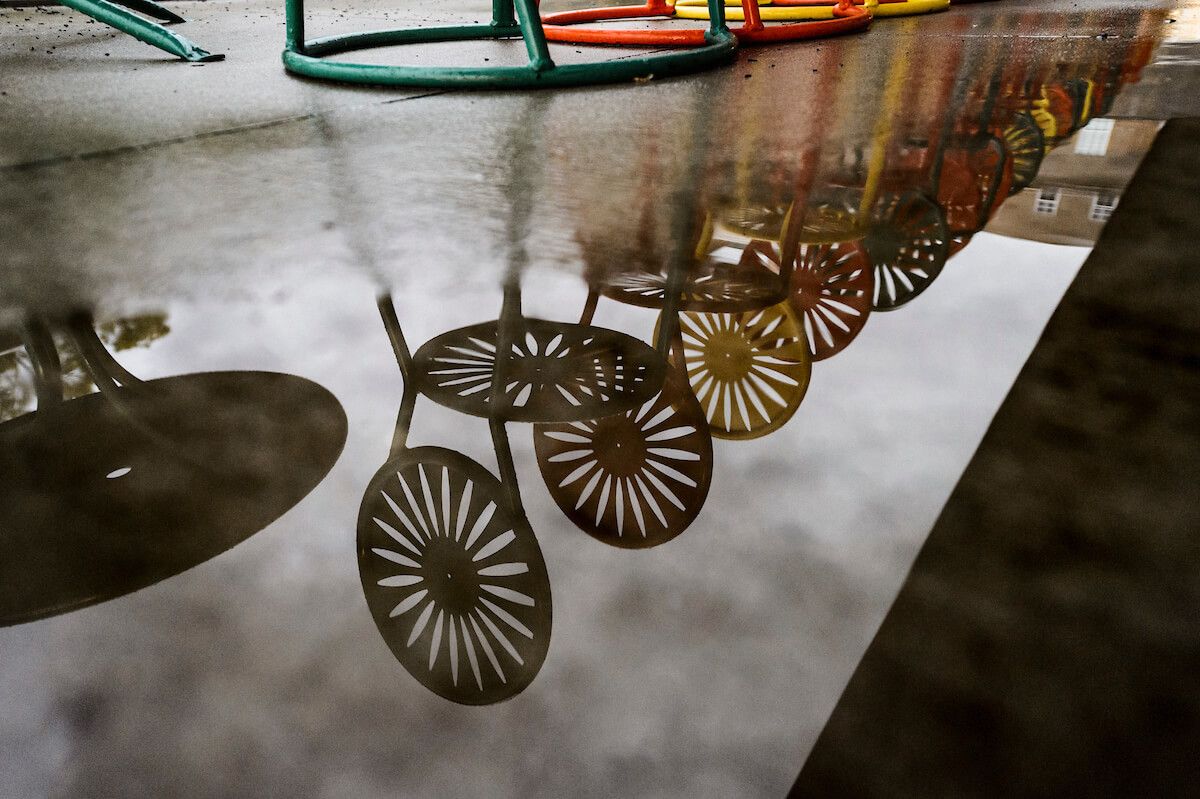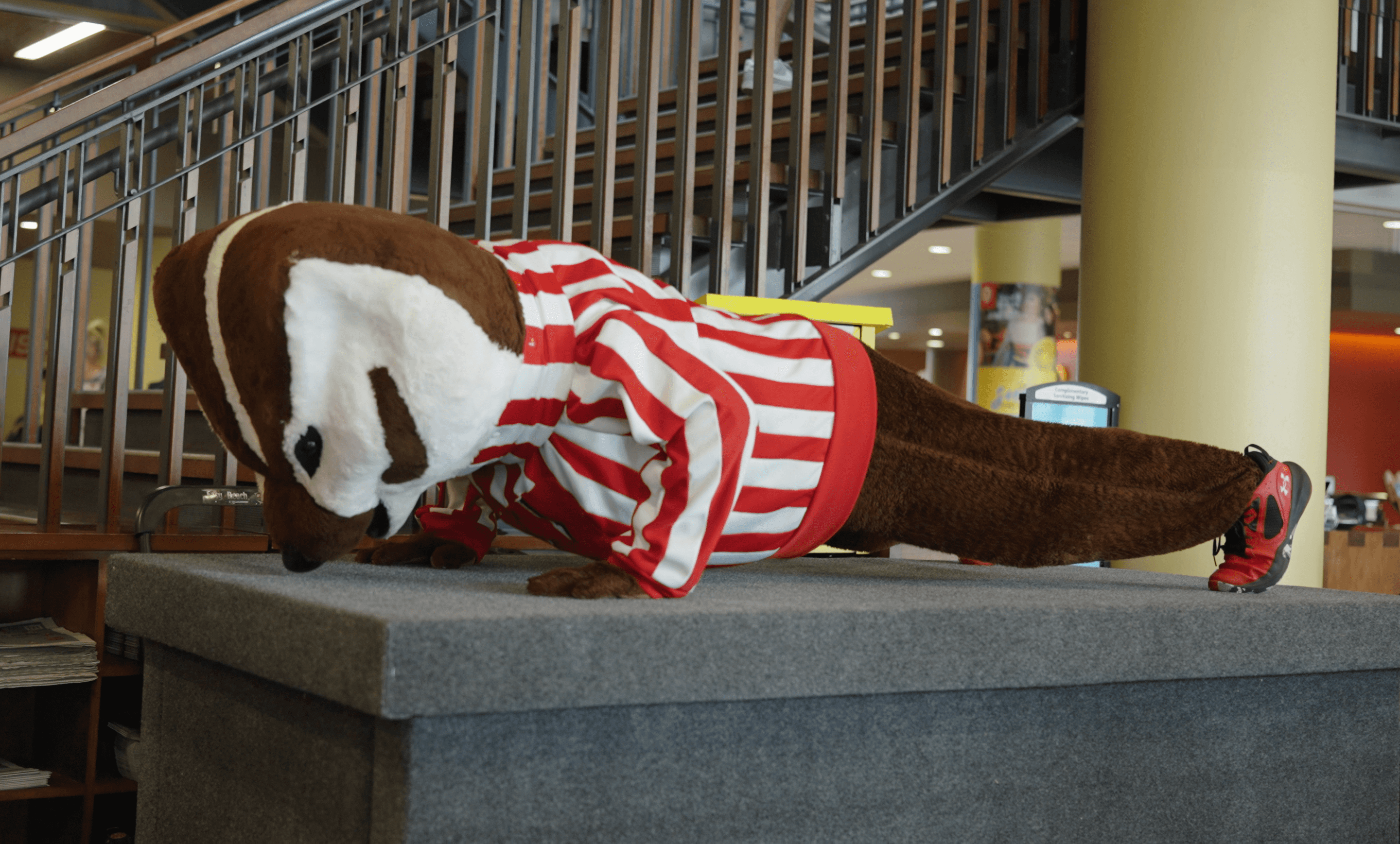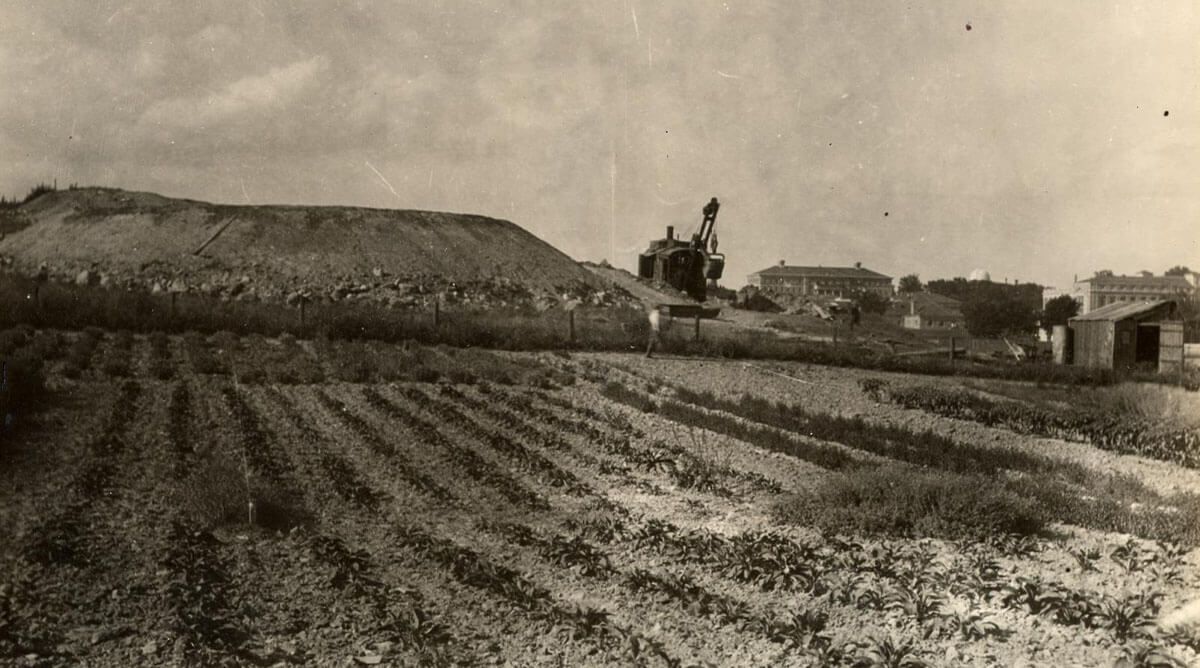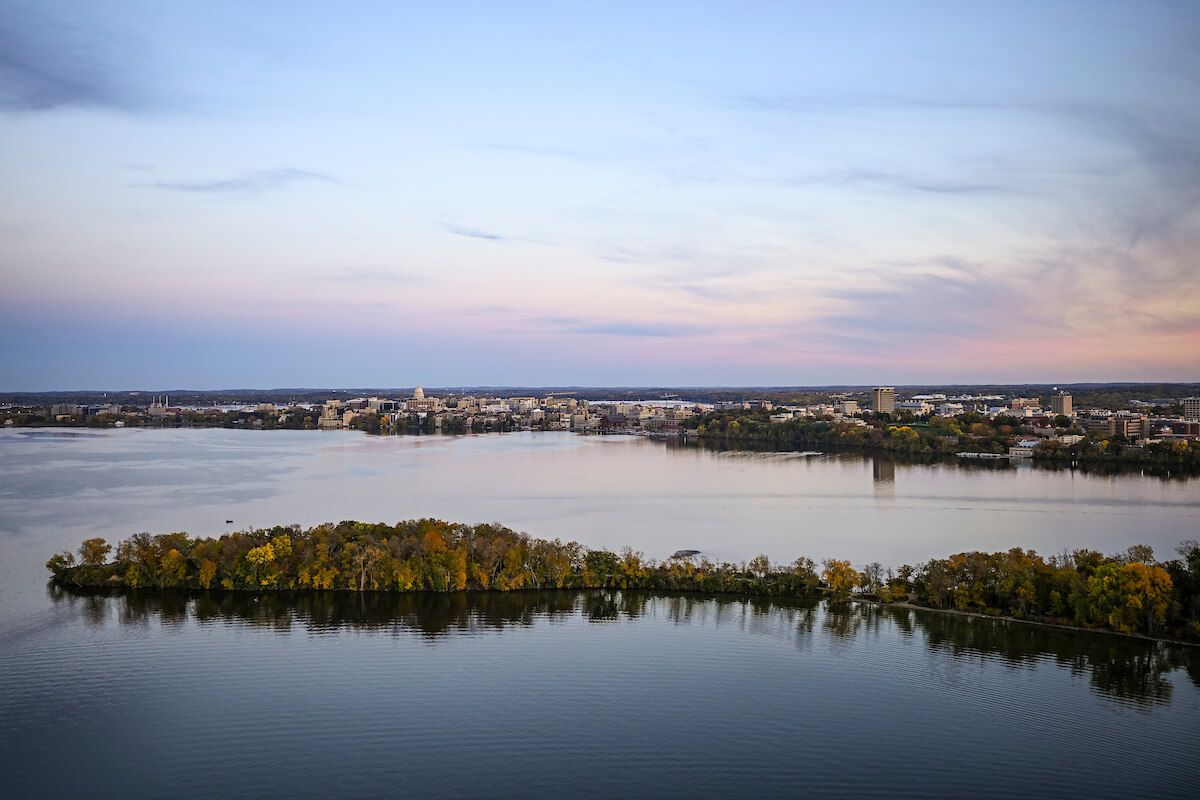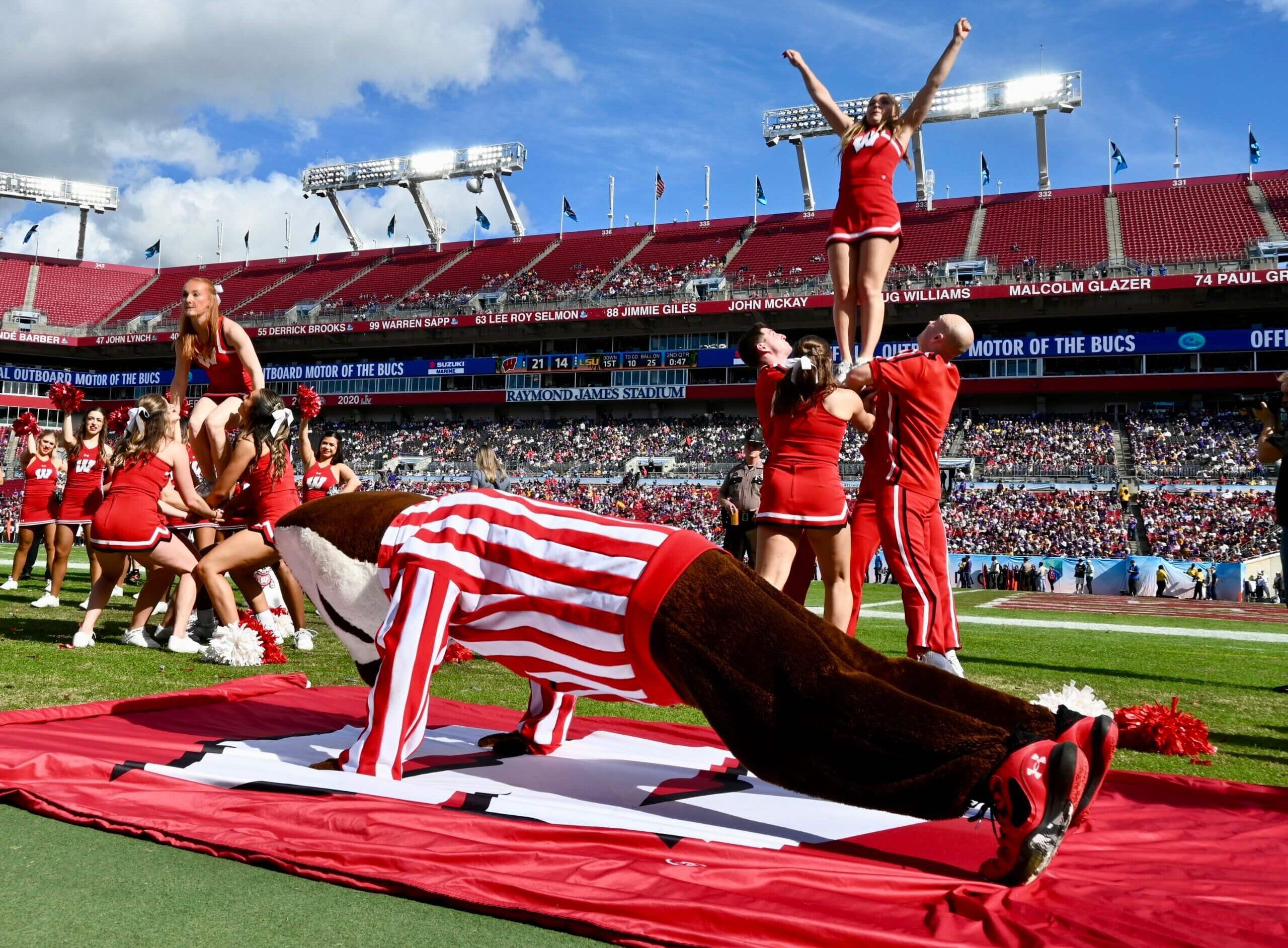#BlackLivesMatter.
From its first appearance in 2013, this hashtag has summed up feelings of racial tension: the death of Trayvon Martin in Sanford, Florida, and then the events in Ferguson, New York City, Baltimore, Chicago … the list goes on. But half a century ago, UW-Madison students sat in the center of America’s struggle for civil rights, long before it was a trending hashtag.
November 2015 marked the 50th anniversary of Martin Luther King Jr.’s visit to the UW-Madison campus. Having previously spoken at the Wisconsin Union Theater in 1962, King returned to campus on November 23, 1965 — this time as a Nobel Peace Prize winner.
Student committee members of the Wisconsin Union Directorate lobbied to bring King to campus, and Paul Mennes ’66 extended the invitation. Mennes passed away last year, but according to a 2006 article in the Badger Herald, Mennes also served as King’s personal campus tour guide. “[King] was one of those people who, if he met ten people in two minutes, he would remember everyone’s name and everything about them,” Mennes said.
A crowd of nearly 3,000 — almost exclusively students — gathered in the UW Stock Pavilion to see King. He presented his speech titled “The Future of Integration,” in which he defined what came to be known as the Civil Rights Movement as a “period of constructive integration.”
“We find ourselves standing on the threshold of the most creative period in the development of race relations in the history of our nation,” King told his audience. ”We have moved through the wilderness of ‘separate but equal;’ and now we stand on the border of the promised land of integration.”
The speech discussed the importance of non-violent protests, which had been a staple of the movement. In February 1960, four Black college students sparked the “sit-in movement” when they occupied a “whites only” lunch counter at the North Carolina AT&T College campus. King viewed these student-led demonstrations as vital.
As racial tensions across America increased in the early 2010s, student groups revisited these tactics. Following the racially charged deaths of Michael Brown and Eric Garner, UW-Madison students organized a “die-in” during fall 2014’s final exam period. On December 14, 2014, a group of students gathered at the top of Bascom Hill. The crowd grew as the protestors marched through campus, ending with more than 800 students lying on the floors of Helen C. White Library.
Then, almost one year later in the fall of 2015, UW-Madison students marched in response to the University of Missouri’s efforts to end racism within their campus structure. A group of nearly 400 gathered atop Bascom Hill and marched to the Capitol. UW Dean of Students Lori Berquam marched with the crowd the entire way.
These demonstrations remained peaceful, as they largely did across the nation, just as King called for in 1965. “The non-violent resistors can summarize their message in the following simple terms,” he said. “We will take direct action against injustice without waiting for other agencies to act … We will always be willing to talk and seek fair compromise, but we are ready to suffer when necessary and even risk our lives to become witnesses to the truth as we see it.”
